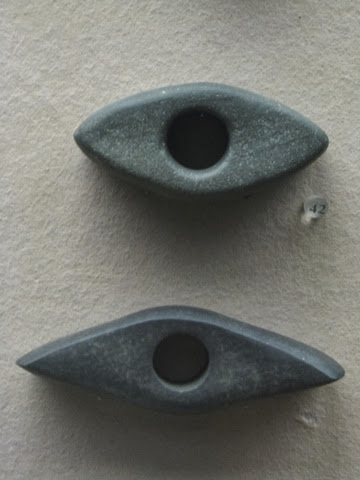A restful, stimulating sabbatical, initially denied me by the same dean who threw our department under the bus, was the key to my new lab approach. The core of that approach was to share with students my own ways of learning about nature and science. As a scientist and as an artist I have a profound relationship with the natural world. How could I share this with students?
Yesterday I got some inspiration as I watched students work through part of my lab. I gave them the link to my Flickr site, where I've assembled several hundred photos of flowers I took myself. I asked students to go through the photos, find one that they liked best, and tweet the photo to me along with the reason they chose it. Students simply came to lab, opened their laptops or phones, clicked on the link, and sank into a bed of floral eye candy. The oohs and ahs, the "I want to tweet every one of these," and the exclamations of "these are so beautiful" spoke for themselves. Instead of rushing through lab people spent time with the material. They engaged just because it was so aesthetically pleasing.
The focus of my course this semester is how we can use aesthetics, broadly, as a problem solving algorithm in science and in everyday life. Designing my labs I've had to strategize how to introduce critical thinking through aesthetics at every possible opportunity. Along with that I've asked students to think about and analyze why they see things the way they do. Lots of focus, lots of discussion, and lots of written communication has gone into these labs so far.
As people slip into lab and start to go about their business engaged, quiet at first, and focused, I'm getting a kind of automatic feedback on how well this designed learning environment is working.























